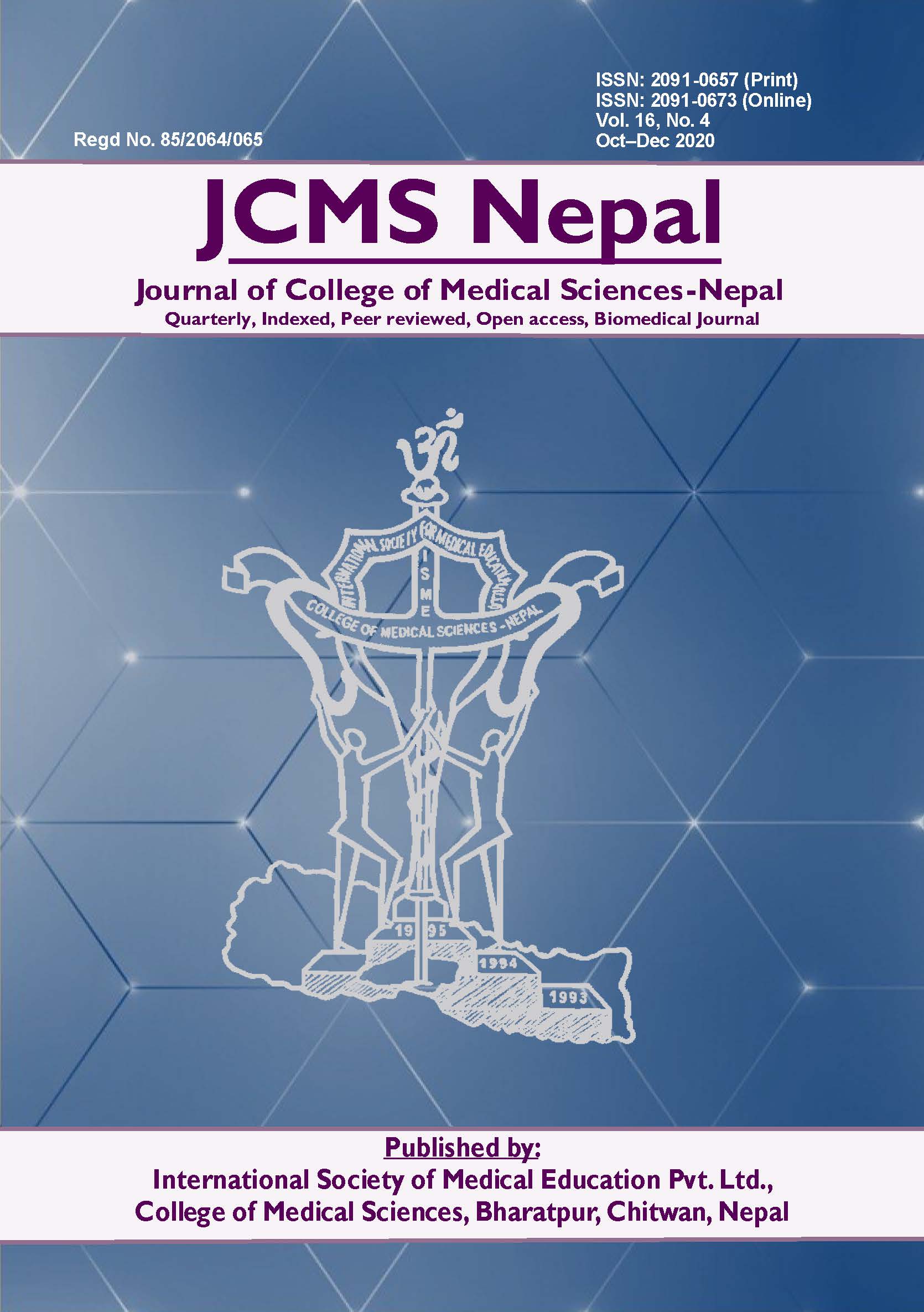External Ear Features: Role in Tracing Inheritance
DOI:
https://doi.org/10.3126/jcmsn.v16i4.33279Keywords:
External ear morphology, Genetic inheritance, Matching characterAbstract
Background: The external ear is unique in shape, size and orientation. It has symmetry and asymmetry among generations. Its morphological variation helps to trace genetic inheritance. The objective of this study was to identify this morphological variation among parents and siblings.
Methods: The study was conducted in Manipal colleges of medical sciences. Images were procured from 147 families. The morphological character of external ears including, shape of pinnae, concha, tragus, ear lobule and attachment of lobule to cheek were matched among Parents and offspring.
Results: This study included 882 pinnae in 147 families. Total 4410 morphological characteristics have been analyzed. Tragus was the most common matching character between parents and offspring Kappa measuring coefficient was statistically significant for shape of pinna, concha, ear lobule, ear lobule attachment to cheek.
Conclusions: The most of external ear morphology matches between parents and offspring which may be a helpful tool in tracing hereditary inheritance.
Downloads
Downloads
Published
How to Cite
Issue
Section
License
This license enables reusers to copy and distribute the material in any medium or format in unadapted form only, for noncommercial purposes only, and only so long as attribution is given to the creator.




